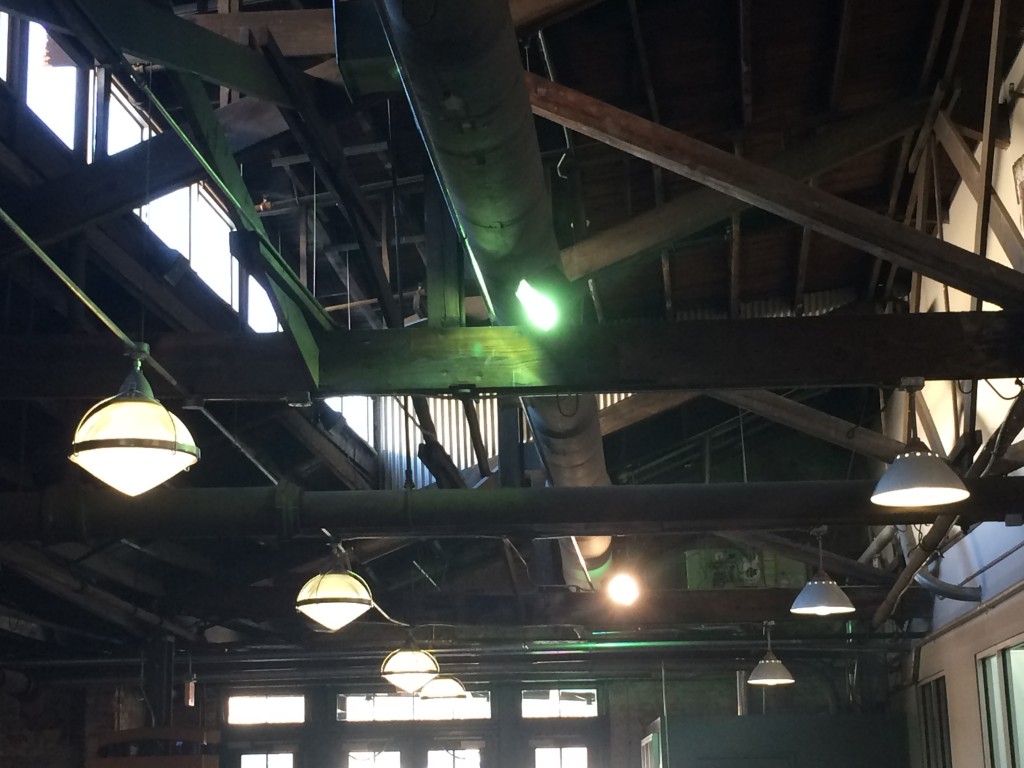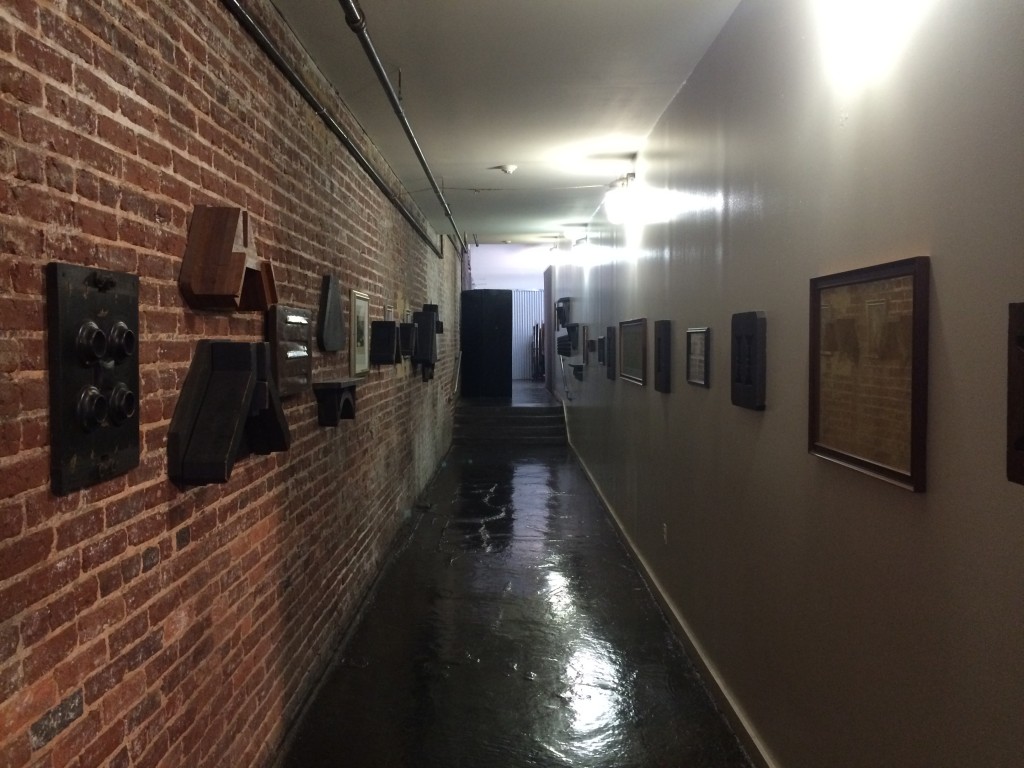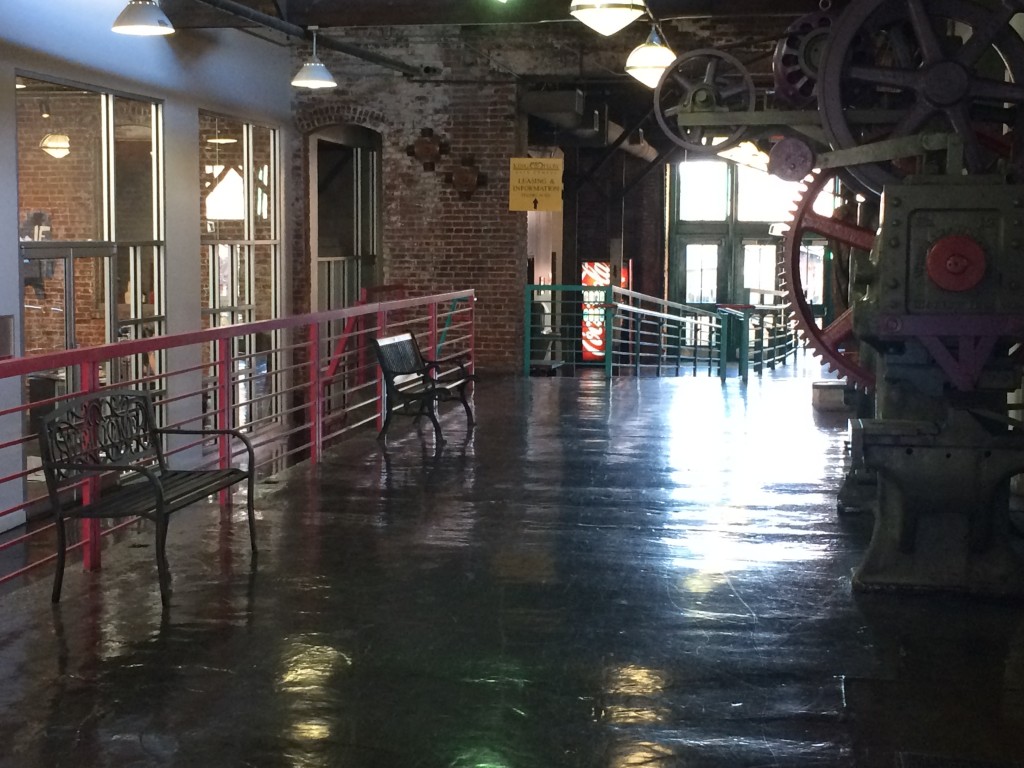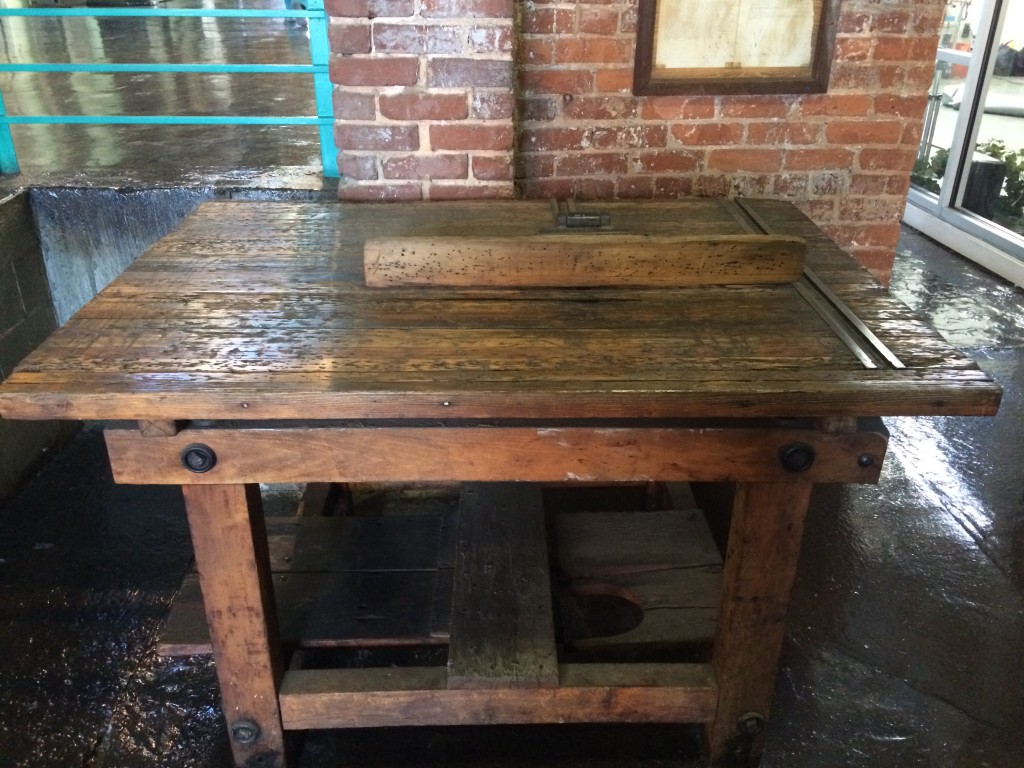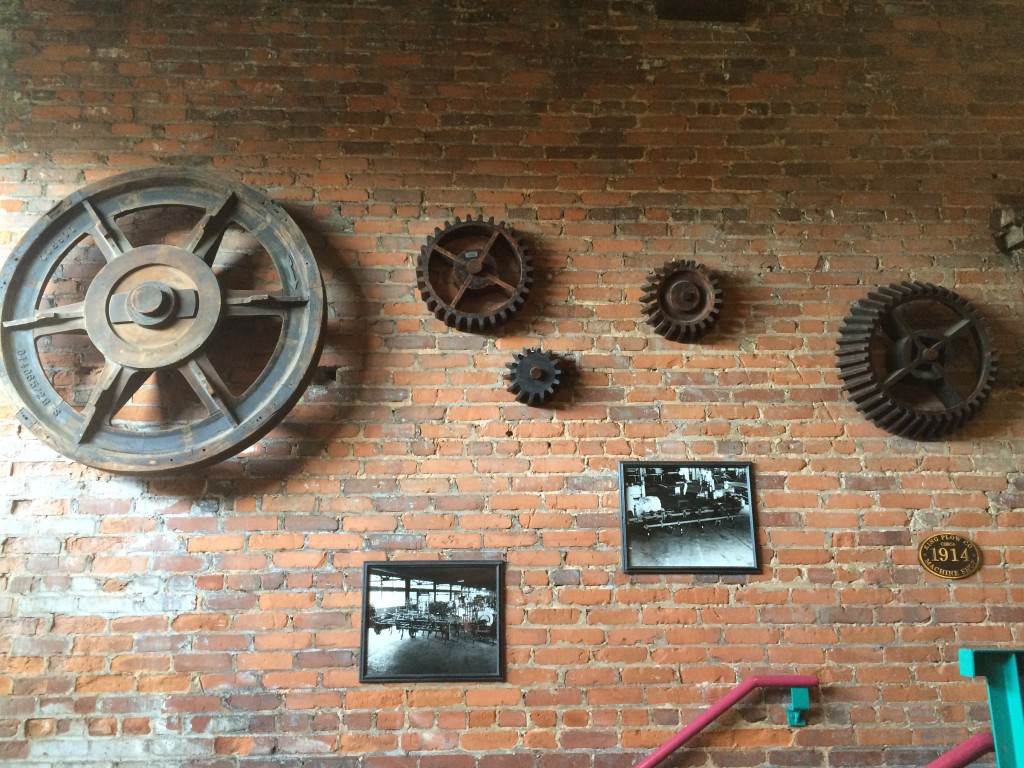Evans, Gary. “The Built Environment and Mental Health.” National Center for Biotechnology Information. Cornell University, 2003. Web. 15 Apr. 2016.
In his article titled The Built Environment and Mental Health, Gary W. Evans discusses the impact the built environment has on mental health. Things like light, the length of corridors, noise, crowding, or even the position of chairs in a psychiatric facility can impact the psychology and behavior of people. Lack of sunlight can affect concentration and may lead to seasonal affective disorder (a type of depression). If the corridors in a building are too long, then they may invoke helplessness in those who have to constantly walk down them. The noise from a busy street near a home may negatively impact the psychology of the children who live there. A person’s psychological well-being can also be negatively impacted by how crowded an area is. Finally, when chairs are arranged so that they’re facing each other, this promotes social interaction, which is taken advantage of by psychiatric facilities where isolation is seen as harmful for patients.


